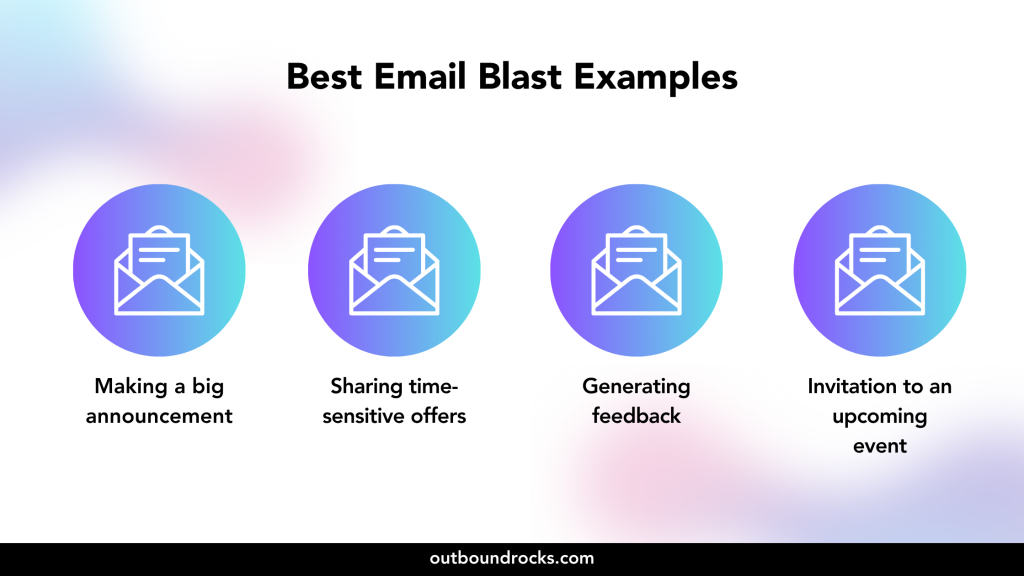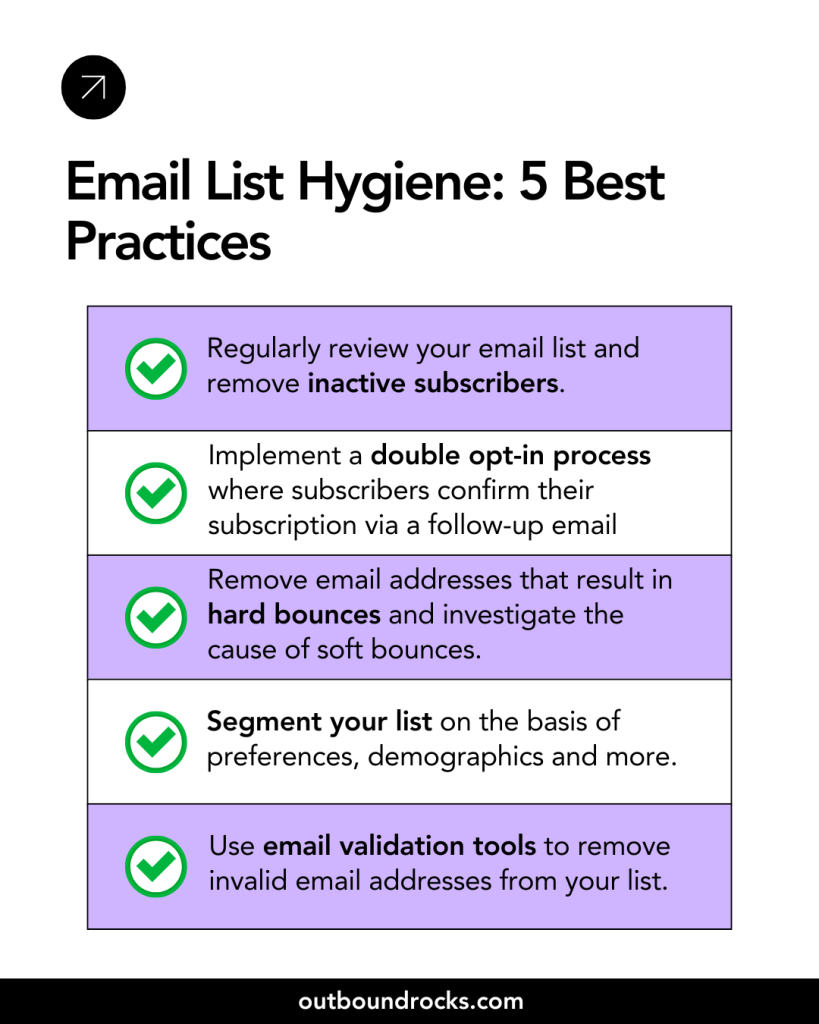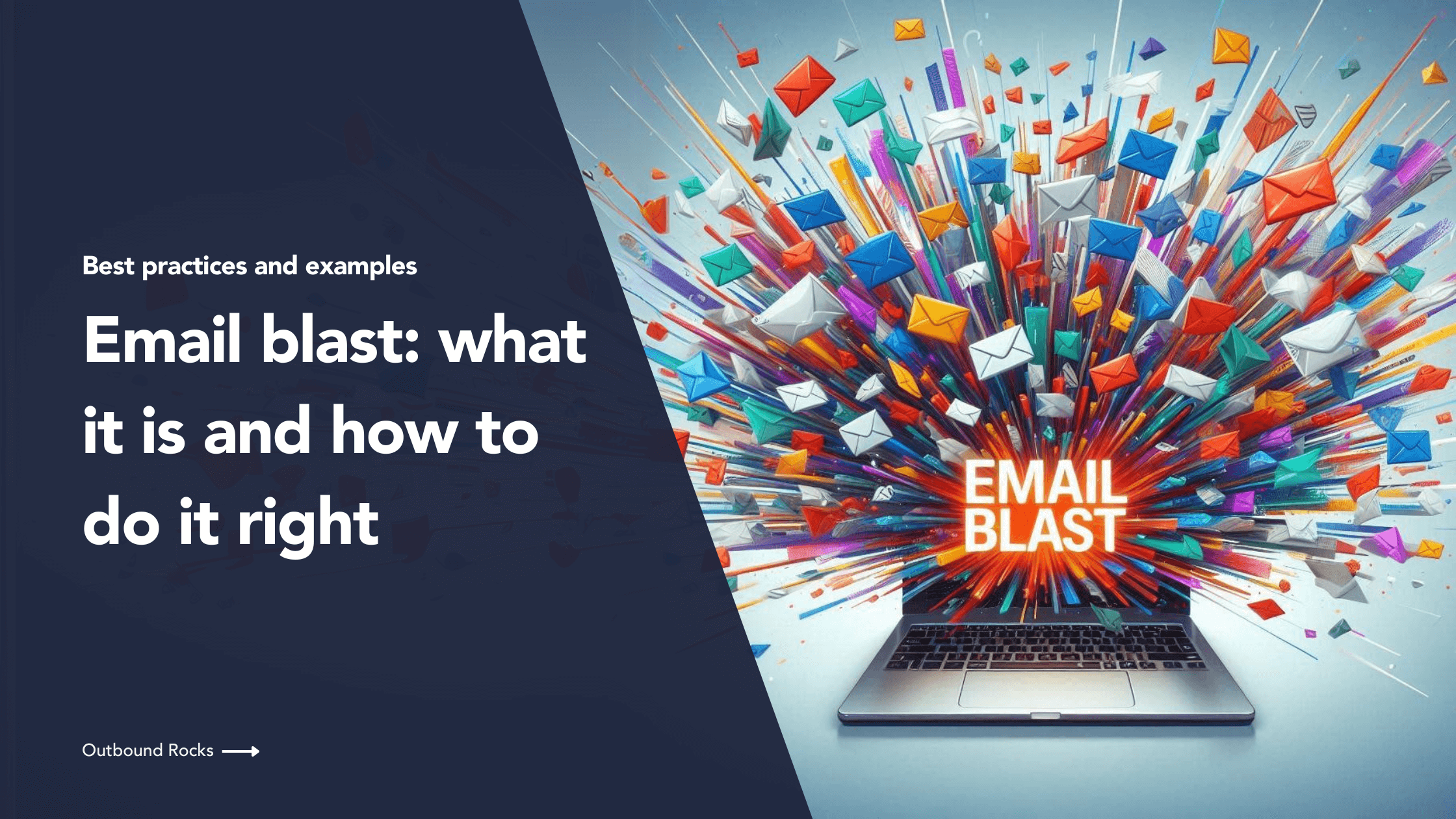Email blast remain a cornerstone of digital marketing, allowing businesses to communicate with large audiences efficiently and effectively.
However, the success of an email blast is not just about reaching inboxes; it requires a strategic approach to ensure that the message resonates with recipients and drives the desired action.
In this article, we look at the basics of email blasts, from defining what they are to sharing best practices for creating and sending them.
Read on to learn how to execute an email blast effectively, including tips on audience segmentation, content creation and timing.
TABLE OF CONTENTS
– What is an email blast?
– Email blasts best practices
– How to send an email blast effectively?
– Conclusions
What is an email blast?
An email blast is a marketing strategy in which a single email message is sent simultaneously to a large group of recipients.
Unlike more targeted email campaigns, email blasts are designed for wide distribution and are typically used to send general announcements, promotional offers or newsletters to a wide audience.
The primary goal of an email blast is to reach as many people as possible with a consistent message, making it an efficient way to deliver information quickly.

Email blasts best practices
However, email blasts can still be a useful tool – as long as you know how to use them properly.
Follow these best practices to ensure you are using email blasts strategically.
a) Email list segmentation
Segmentation is the process of dividing your email list into smaller, more targeted groups based on specific criteria such as demographics, past behaviour, purchase history or engagement levels.
This allows you to send more relevant content to each group, increasing the likelihood of engagement.
For example, you can create segments for new subscribers, loyal customers or those who have shown interest in specific products or services.
b) Send personalised and targeted emails
Personalisation goes beyond addressing recipients by their first name. It involves using data to tailor the content of your emails to each individual subscriber.
This can include product recommendations based on past purchases, special offers for birthdays or anniversaries, or content that matches the recipient’s browsing history.
- Targeted emails make your communications more relevant and engaging, increasing the likelihood of conversion.
- Personalisation can significantly increase your email marketing ROI by making recipients feel valued and understood.
c) Make email accessible to all
Accessibility is essential to ensure that all recipients, including those with disabilities, can read and interact with your emails.
Here are some suggestions:
- Use clear, concise language and a simple layout.
- Use alt text for images so that screen readers can describe them to visually impaired users.
- Ensure that your email design meets colour contrast standards and avoid relying solely on colour to convey important information.
- Use accessible fonts and ensure that interactive elements such as buttons are large enough to be easily clicked.
By prioritising accessibility, you will ensure that your emails reach and engage a wider audience.
d) Responsive emails for different devices
With a significant number of emails being opened on mobile devices, it’s important to design responsive emails that look great on any screen size.
According to a report by Balcklinko, responsive email design can increase mobile click-through rates by up to 15%.
Here are some suggestions:
- Use a responsive email template that automatically adjusts the layout based on the device.
- Keep your design simple and avoid overly complex structures that can break on smaller screens.
- Use large, legible fonts and make sure buttons and links are easy to tap on touchscreens.
Don’t forget to test your emails on different devices and screen sizes. This will ensure that they render correctly and provide a seamless user experience.
e) Clean and maintain your email list regularly
Regularly cleaning your email list helps maintain high deliverability rates and reduces the risk of your emails being marked as spam.
Remove inactive subscribers, correct invalid email addresses and ensure your list is up to date.
This practice not only improves your email performance metrics, but also ensures that you are communicating with an engaged audience.

How to send an email blast effectively?
Sending an email blast effectively requires careful planning and strategic execution.
Here’s how to get it right, including tips on timing, frequency and understanding the difference between a newsletter and an email blast:
1. Define your objectives
Before you create your email, clearly define what you want to achieve with your email blast.
Whether it’s promoting a new product, announcing an event or sharing important updates, a clear objective will guide the content and design of your email.
2. Craft your message
Create compelling content that is relevant and valuable to your audience. Use a clear and engaging subject line to entice recipients to open your email.
Make sure your message is concise, visually appealing and includes a strong call to action (CTA).
3. Segment your audience
Even within an email blast, segmentation can significantly increase relevance and engagement.
Group your audience based on factors such as demographics, past behaviour or interests, and tailor your message to each segment.
4. Optimise for mobile
Make sure your email design is responsive so it looks great on all devices, especially mobile phones.
A large proportion of emails are opened on mobile devices, so use a simple layout, readable fonts and tappable buttons.
5. Timing your email blast
The best time to send an email blast can vary depending on your audience, but general guidelines include:
- Mid-week (Tuesday to Thursday): These days often see higher engagement rates as recipients are typically less busy compared to Mondays and Fridays.
- Mid-morning (10am – 11am): This time slot tends to work well as people have settled into their working day but aren’t yet overwhelmed with tasks.
- Early afternoon (1pm – 3pm): Another effective time as people often check their email after lunch.
6. Monitor and analyse
After sending your email blast, track its performance using metrics such as open rates, click-through rates, bounce rates and conversions.
Use these insights to understand what worked and identify areas for improvement in future campaigns.
Frequency of sending email blasts
The frequency of your email blasts should strike a balance between keeping your audience informed without overwhelming them:
- Weekly or fortnightly: For newsletters and regular updates.
- Monthly: For more comprehensive updates or less frequent communications.
- Occasional: For special announcements, promotions or time-sensitive information.
Conclusions
Email blasts can be a powerful tool, but use them wisely. Use the best tools, like Outbound Rocks, to make sure the job is done right. Visit outboundrocks.com, fill out the form and try our demo for free.
